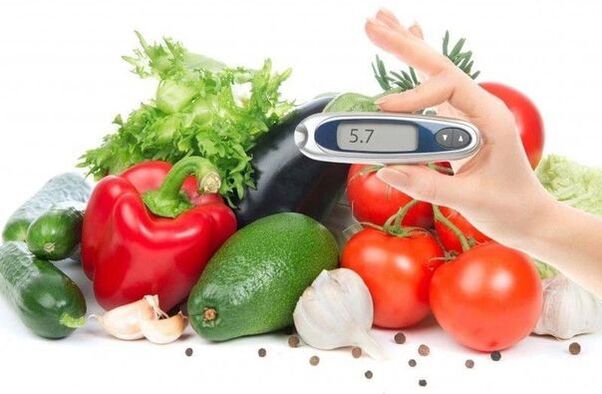
Diabetes is a very serious and dangerous disease that requires constant treatment. Along with the use of drug therapy, patients should lead a healthy lifestyle, give up addictions and engage in sports. It is equally important to know what you can eat with diabetes and what products you should refuse.
If there is a significant deterioration of well-being, weakness, constant and, moreover, insatiable thirst, xerostomia, frequent urination, itching of the skin, especially in the area of the legs and groin, you should immediately consult an endocrinologist and undergo an examination. These symptoms indicate the development of diabetes.
The disease is certainly dangerous and serious, but it is not a punishment. Many people live with the disease. To normalize well-being, maintain normal blood sugar levels and eliminate unpleasant symptoms, you need to follow a special diet and know what you can eat with diabetes.
Pathology can develop both in adults and children. Often the disease is diagnosed in pregnant women. With proper treatment and a healthy diet, the disease can be controlled.
Ღ ᲦᲦᲦᲦ ᲕᲡᲜᲦ
What can you drink with diabetes?
Most patients try to follow a diet. They do not eat junk food and try to make the food as healthy and balanced as possible. But not everyone keeps track of what they drink. Diabetics should not drink alcoholic beverages, store-bought juices, strong tea, kvass, sweet soda.
If you want to drink, you should give preference to the following drinks:
- still mineral water or purified water;
- sugar-free juices;
- Jelly
- compotes;
- weak tea
- green tea;
- herbal decoctions and infusions;
- freshly squeezed juices (but only diluted);
- Fat-free dairy products.
Doctors do not advise patients to drink coffee. But scientists have proven that coffee is rich in useful and necessary substances, including antioxidants that prevent the development of cancer. They are rich in cereals and linoleic acid, which prevents the development of heart attack, stroke and other pathologies of the cardiovascular system. Therefore, you can drink coffee even with diabetes, the main thing is that the coffee is natural and without sugar.
Basic rules of healthy eating
All diabetics, without exception, should know what to eat when they have diabetes. Eating whole foods in a row is fraught with deterioration of overall well-being.
Any diet, including diabetes, has its own characteristics and rules.
Diet therapy includes:
- limiting the consumption of carbohydrate products;
- reducing calorie intake;
- use of fortified foods;
- five to six meals a day;
- feeding at the same time;
- Enriching the diet with natural vitamins - vegetables and fruits (except sweet, especially persimmons and dates);
- eating small meals;
- exclusion of a long interval between meals;
- drawing up a menu taking into account the GI of products;
- Minimizing salt intake;
- refusal to eat fatty, spicy, spicy, fried food;
- refusal to use alcohol and sweet soda, as well as convenient food and fast food;
- Replacing sugar with natural sweeteners: fructose, sorbitol, etc. Sh.
- Use of boiled, baked and steamed food.
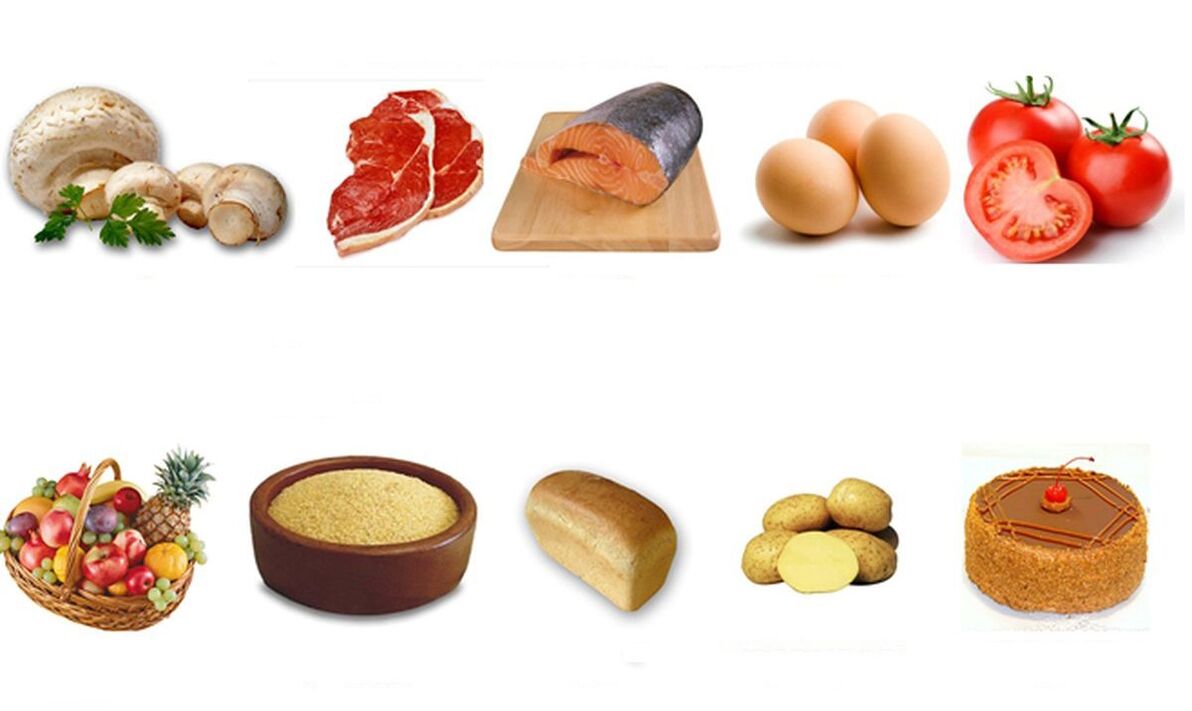
A proper diet is the key to good health
Diabetic patients, regardless of the type of disease, should follow a correct and healthy diet:
- In order to constantly maintain insulin levels, you need a full breakfast.
- Every meal should start with a vegetable salad. It helps to normalize metabolic processes and correct weight.
- The last meal should be no later than three hours before bedtime.
- The food you eat should be at a comfortable temperature. With diabetes, you can eat warm and moderately cool dishes.
- Liquid can be drunk half an hour before meals or 30 minutes after. Do not drink water or juices while eating.
- It is important to follow a routine. Eating five to six times a day prevents a sharp increase in blood glucose levels.
- The diet should be enriched with low-fat fish, dairy products with a low percentage of fat, vegetables and fruits, and cereals.
- Diabetics should avoid sugar and any products containing it.
- The optimal daily calorie content is 2400 kcal.
- It is also important to monitor the chemical composition of dishes. The share of complex carbohydrates in the daily diet is 50%, proteins - 20%, fats - 30%.
- You should drink one and a half liters of purified or mineral still water per day.
GI (glycemic index) - what is it?
Each product has its own GI. Otherwise, it is called a "unit of bread" - XE. And if the nutritional value determines how much useful substances are converted into energy for the body, then GI is an indicator of the digestibility of carbohydrate products. This indicates how quickly carbohydrate products are absorbed, and the level of sugar in the bloodgrowing.
What can diabetics eat while following the diet and the 9th table
Many patients who hear the word "diet" think of it as a suggestion. They believe that their diet will be limited to a minimum. In fact, everything is far from it. Dietary therapy of the disease involves restriction of caloric intake, consumption of complex carbohydrates and elimination of simple carbohydrates. Food can be both healing and delicious. You just need to know what diabetics can eat.
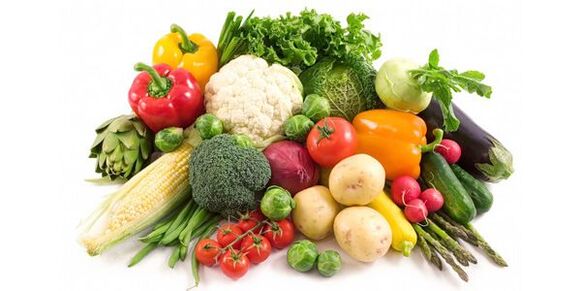
Eating the right foods can help with both weight management and normal insulin levels.
Patients have the right to use the following products:
- of bread. It is preferable to have black bread or products intended for diabetics. The daily norm is 300 g. It is also allowed to use cereals, whole grains and "Borodin" bread.
- soups. It is preferable that the first dishes are cooked on vegetable broths.
- Lean meat (veal, beef, rabbit, chicken) and fish: pepper, carp, cod. Any method of preparation, only frying is excluded.
- Eggs and scrambled eggs. You can have no more than one egg per day. Abuse of this product is fraught with an increase in cholesterol levels.
- Dairy products (skimmed milk, cottage cheese, kefir, curd milk, fermented baked milk, natural yogurts).
- Cheese (unsalted and low-fat).
- Berries and fruits: grapefruit, raspberry, apple, kiwi. Their consumption helps not only to increase sugar, but also to reduce the level of harmful cholesterol.
- Vegetables: cabbage, tomatoes, cucumbers, radishes, greens.
- Honey (limited).
- Drinks: juices, herbal preparations, mineral water.
All these products can be consumed by diabetics. But the main thing is to keep measure in everything. Food should not be greasy. You also cannot drink alcohol.
Allowed products for people with insulin-dependent form
The first type of pathology, i. e. insulin-dependent diabetes, is characterized by severe symptoms, an acute course, and is accompanied by an increase in appetite. In addition to using insulin, it is important to know what diabetics can eat. A properly formulated diet is the best way to maintain health and well-being.
The diet of diabetic patients with type 1 pathology is similar to the diet of patients with type 2 diabetes. Allowed: use of non-carbonated mineral water, seafood and lean fish, oats and buckwheat, vegetables, lean dairy products, boiled eggs, dietary meat.
Ღ ᲦᲦᲦᲦ ᲕᲡᲜᲦ
Table number 9 for pathology
Patients are most often prescribed to follow dietary table No. 9. The diet includes six meals, the exclusion of fats, fried foods, spicy, smoked meats, salty foods and sweets. The energy value of the daily diet should not exceed 2500 kcal. Diabetics can eat food cooked in any way except fried.
What not to do with diabetes: allowed and forbidden foods, sample menu
Every person suffering from a serious disease should know what not to do with diabetes. Abuse of harmful products is fraught with deterioration.
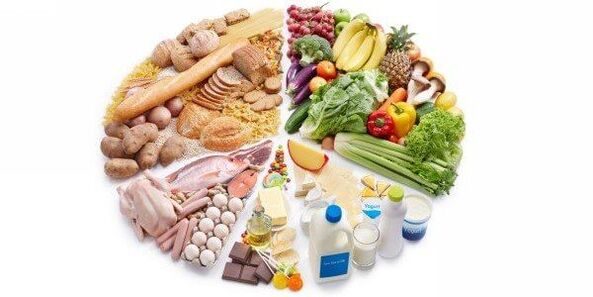
The products presented in the list should be destroyed:
- Sahara. It is recommended to replace with sweeteners.
- bakingEating this type of food is strictly prohibited. Besides being high in sugar, they're also high in calories, which isn't great for blood glucose levels.
- Fatty meat and fish products.
- Smoked dishes and canned food. These products have a high glycemic index.
- Animal fats, mayonnaise.
- Dairy products with a high percentage of fat.
- Semolina and cereal products, as well as pasta.
- vegetables. Diabetics cannot eat certain vegetables, but if this does not work, you should limit their consumption as much as possible: potatoes, fried zucchini.
- sweet fruit
- Beverages: sweetened soda, concentrated or store-bought juices, compotes, strong black tea.
- Snacks, seeds, chips.
- Sweets. In case of any type of diabetes, especially gestational diabetes, it is forbidden to use ice cream, jam, milk chocolate.
- Alcoholic drinks.
Allowed and prohibited products:
Proper nutrition, along with the introduction of insulin, is the key to health. Adherence to the diet, as well as the use of medication, the patient should be for life. This is the only way to maintain normal blood sugar levels. What to eat and what not to eat during diabetes.
Allowed to eat:
- purified water or mineral water;
- weak tea, coffee;
- mushroom
- green peas;
- Radish
- Radish
- turnips;
- string beans;
- herbs;
- carrot
- beet;
- eggplant;
- pepper;
- Cabbage
- cucumber
- tomatoes.
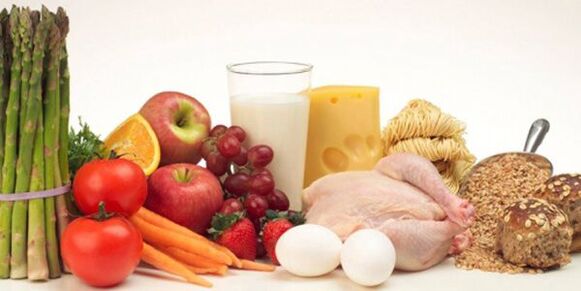
Permitted use:
- eggs;
- berries;
- fruit
- soups;
- Croup
- of bread
- Legumes (peas, beans, lentils);
- potatoes;
- honey;
- low-fat cheese;
- dairy products with a low percentage of fat;
- lean boiled sausage;
- Meat and fish products.
It is forbidden to eat:
- alcoholic beverages;
- grapes
- banana
- Persimmon
- dates;
- sweets (ice cream, jam, lollipops, cookies);
- Sahara;
- seeds
- canned food;
- smoked and sausage products;
- fatty meat and fish products;
- fatty dairy products;
- animal fats.
How to replace harmful products
Patients are forbidden to eat high-calorie foods, because such products provoke the progression of the disease and worsen the effect of drugs.
Harmful products can be replaced with useful, suitable composition:
- White bread can be replaced with rye flour products.
- Sweets and desserts - berries and diabetic desserts.
- Animal fats are vegetable fats.
- Fatty meat products and cheese - low-fat products, avocado.
- Cream is a low-fat milk product.
- Ice cream - hard cheese, seafood, legumes.
- Beer - dairy products, beef, eggs.
- Sweet soda - beets, carrots, legumes.
- Sausage is a dairy product.
Approximate weekly menu
You can make a menu every day or immediately for a whole week independently, taking into account what is possible and what is not possible with diabetes. Below is a sample menu for the week.
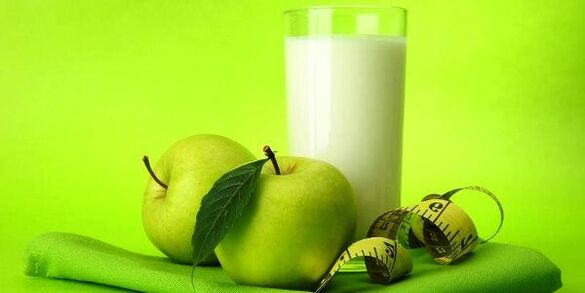
First day.
- Morning meal: salad with cucumber and cabbage, oatmeal, weak tea.
- Breakfast: apple or kefir.
- Lunch: vegetable soup, zucchini, compote.
- Food: cottage cheese.
- In the evening: buckwheat porridge, boiled chicken fillet, juice.
Second day.
- Breakfast: milk pumpkin porridge, jelly.
- Breakfast: biscuit cakes.
- Lunch: low-fat borscht, millet porridge with baked pollock fillet, green tea.
- Breakfast: curd milk.
- Dinner: pumpkin, kefir.
day three
- Morning meal: boiled egg, cheese sandwich, coffee.
- Breakfast: baked apple.
- Lunch: fish soup, buckwheat porridge, steamed chicken meat, tomato juice.
- Breakfast: orange.
- Evening: Milk rice porridge, boiled shrimps, fermented baked milk.
the fourth day.
- Breakfast: scrambled eggs, cheese sandwich, tea.
- Snack: salad with tomatoes, cucumbers and bell peppers.
- Lunch: cabbage soup, baked fish, compote.
- Breakfast: raspberry jelly.
- Evening: boiled turkey, tomato juice.
day five
- Morning meal: baked pumpkin, apple compote.
- Breakfast: one apple.
- Lunch: mushroom soup, oatmeal, carrot juice.
- Breakfast: kefir.
- Dinner: lazy cabbage rolls, curd milk.
Day six.
- Morning meal: cottage cheese, coffee.
- Breakfast: apple juice and biscuits.
- Lunch: soup with chicken pieces and buckwheat, baked hake, compote.
- Breakfast: vegetable salad.
- In the evening: steamed beef cutlet, oatmeal, carrot juice.
Day seven.
- Breakfast: pumpkin porridge, green tea.
- Breakfast: any allowed fruit.
- Lunch: soup with rice, pepper stuffed with chicken meat, tomato juice.
- Breakfast: vegetable salad, cheese sandwich.
- Dinner: buckwheat porridge, stewed cabbage, kefir.
There can be six meals. But the main thing is that the last meal should be no later than three hours before bedtime.
Diet therapy for diabetes is not difficult, but necessary. The list of allowed products is quite large, so the diet will not be monotonous. It is important to understand that a healthy diet is the key to good health and maintaining normal blood sugar levels when you are sick.














































































